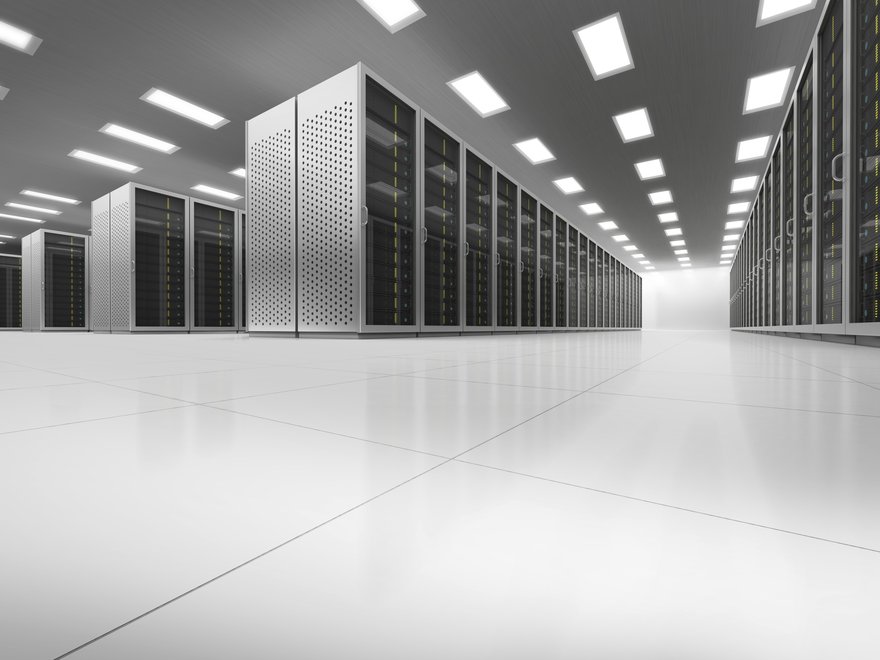Measuring efficiency of hardware and data centers that house it has been one of the toughest nuts to crack for the data center industry. It has been hard primarily because of the difficulty of quantifying value of a data center's output, since most data centers support more than one application.
In some cases, however, a facility's role is limited enough to lend itself to application of a simple, elegant metric. Time Warner Cable has a network of “hub” data centers around the US that provide a specific set of services, and the team that oversees them has come up with a metric that has worked well for optimizing efficiency of these sites.
The metric is very simple: watts per customer. Ryan Capone, director of critical infrastructure data centers for northeast markets at the company, said his team had a set baseline for using a specific amount of watts per customer in its hub data centers, and if a facility's power-to-customers-served ratio is above that baseline, its efficiency gets reviewed.
This is a signal to identify equipment that is running idle or significantly under capacity. The metric is also used to identify hardware that is due for replacement with newer more efficient gear.
Capone will share his team's approach to managing efficiency of these hub data centers in detail during a panel presentation at the DatacenterDynamics Converged conference in New York this Tuesday.
The company has about 260 hub data centers in the US northeast, each facility between 2,000sq ft and 10,000 sq ft. There is also a larger central data center, but the watts-per-customer metric is used in the smaller hub facilities.
Capone's team determined the baseline from examining data collected from the network of data centers over the pat 18 months (the program's duration). Hubs in densely populated areas, such as New York City, tend to perform better than hubs in rural areas, so the baseline is an average, he explained.
The hub sites serve all of the company's services to residential, business and commercial customers. The services include internet access, telephone and traditional cable TV.
Each hub serves a specific number of customers, which is why the watt-per-customer approach to measuring its efficiency works.
The metric is not applied in the large centralized data centers because they are not limited to serving a set number of customers in a specific area. “Our large centralized data centers aren't that customer-centric,” Capone said.
To meet key players in the New York metro data center industry and hear about the latest trends, come to the DatacenterDynamics Converged 2014 conference in New York City on Tuesday, 11 March.

